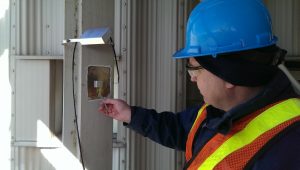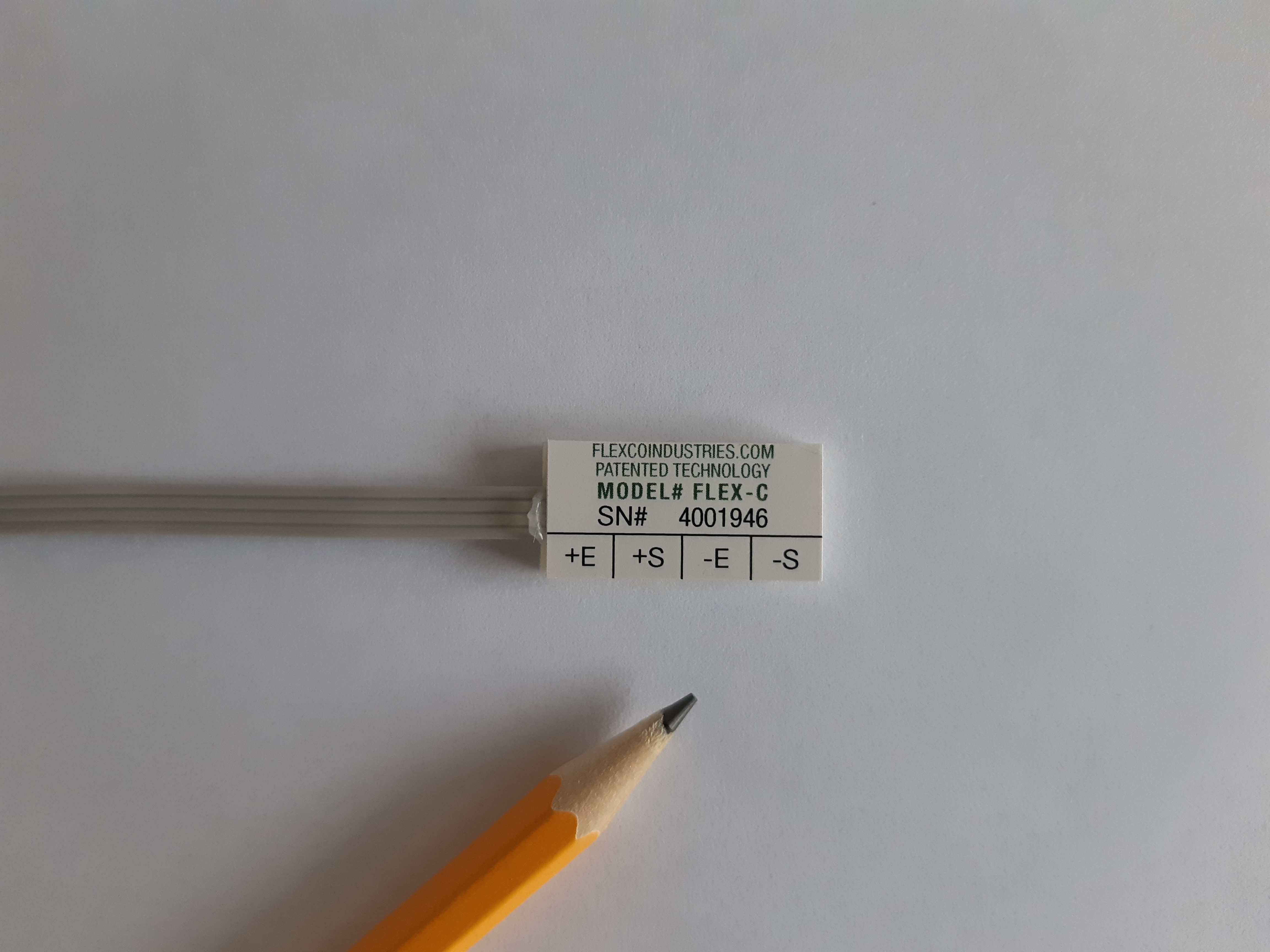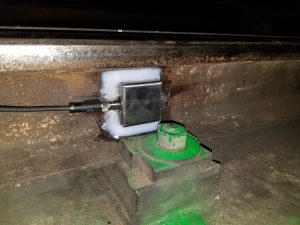
TECHNICAL PARAMETERS |
DETAILS |
|---|---|
| WIRING «FROM LEFT TO RIGHT» | 1: Ex+, 2: Sig+, 3: Ex-, 4: Sig- |
| SENSOR DIMENSIONS | 25mm X 25mm X 5mm |
| RATED CAPACITY | SAME AS YOUR STRUCTURE «UNLIMITED CAPACITY» |
| TOTAL ERROR | FROM .5% TO 3% «BASED ON THE ACTUAL STRUCTURE» |
| THERMAL OUTPUT | 0.5 μ m/m DEGREES C (-1) |
| ZERO BALANCE | + OR – 1% OF FULL SCALE |
| INPUT | 350 OHMS + OR – 3 OHMS |
| OUTPUT | 350 OHMS + OR – 3 OHMS |
| GAUGE FACTOR | 2.12 ± 0.5% |
| ACTUAL GRID SIZE OF EACH STRAIN GAUGE | 3mm X 3mm |
| INSULATION IMPEDANCE | LESS THAN 5000 MEGA OHMS |
| OPERATING TEMPERATURE RANGE | -40 TO +60 DEGREES C |
| MAXIMUM SAFE OVERLOAD | BASED ON THE ACTUAL STRUCTURE |
| UNLIMITED OVERLOAD | BASED ON THE ACTUAL STRUCTURE |
| EXCITATION | FROM 1 TO 12 VOLTS DC |
| MAXIMUM EXCITATION | 15 VOLTS DC |
| PROTECTIVE COVER MATERIAL | STAINLESS STEEL COVER «OPTIONAL» |
| CABLE LENGTH | BASED ON THE CUSTOMER’S REQUEST |
| CABLE TYPE | BASED ON THE CUSTOMER’S REQUEST |

TECHNICAL PARAMETERS |
DETAILS |
|---|---|
| WIRING «FROM LEFT TO RIGHT» | 1: Ex+, 2: Sig+, 3: Ex-, 4: Sig- |
| SENSOR DIMENSIONS | 25mm X 13mm X 5mm |
| RATED CAPACITY | SAME AS YOUR STRUCTURE «UNLIMITED CAPACITY» |
| TOTAL ERROR | FROM .5% TO 3% «BASED ON THE ACTUAL STRUCTURE» |
| THERMAL OUTPUT | 0.5 μ m/m DEGREES C (-1) |
| ZERO BALANCE | + OR – 1% OF FULL SCALE |
| INPUT | 1000 OHMS + OR – 3 OHMS |
| OUTPUT | 1000 OHMS + OR – 3 OHMS |
| GAUGE FACTOR | 2.12 ± 0.5% |
| ACTUAL GRID SIZE OF EACH STRAIN GAUGE | 4mm X 4mm |
| INSULATION IMPEDANCE | LESS THAN 5000 MEGA OHMS |
| OPERATING TEMPERATURE RANGE | -40 TO +60 DEGREES C |
| MAXIMUM SAFE OVERLOAD | BASED ON THE ACTUAL STRUCTURE |
| UNLIMITED OVERLOAD | BASED ON THE ACTUAL STRUCTURE |
| EXCITATION | FROM 1 TO 12 VOLTS DC |
| MAXIMUM EXCITATION | 15 VOLTS DC |
| PROTECTIVE COVER MATERIAL | STAINLESS STEEL COVER «OPTIONAL» |
| CABLE LENGTH | BASED ON THE CUSTOMER’S REQUEST |
| CABLE TYPE | BASED ON THE CUSTOMER’S REQUEST |

Strain Gauge/Gage Sensors
Custom Flexco Patented Sensors can be embedded with different types and configurations of strain gauges to allow the operator a hassle free installation, no matter the requirement.
Available options:
-Custom type/configuration of gauge: Full Wheatstone Bridge, Quarter Bridge, Half Bridge, Rosette, Concrete Gauge…)
-Custom cable types and lengths
-Custom thicknesses and sizes
-Custom housings and connector plugs
